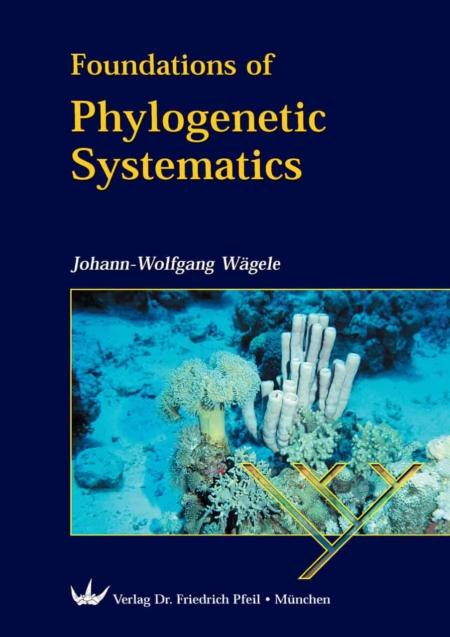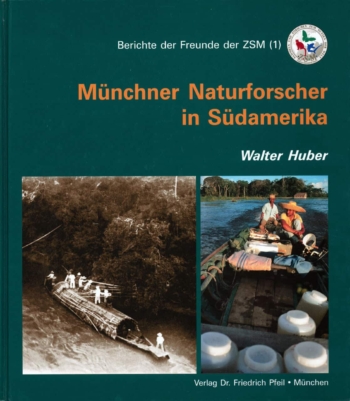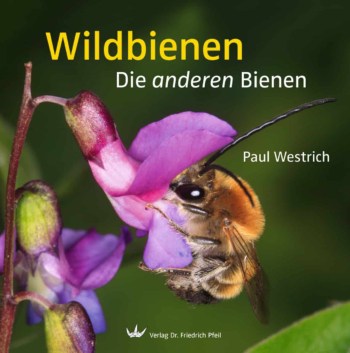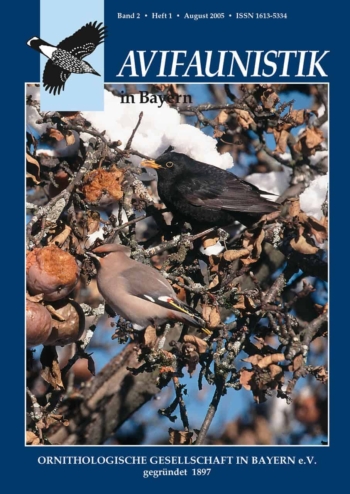This book offers an introduction to the theory of Phylogenetic Systematics and is a companion for all biologists who want to analyze morphological or molecular data with classical methods or with modern computer programs. The first part of the book explains the epistemological basis that is independent of the type of method used to construct phylogenetic trees. Unlike other empirical sciences, the estimation of data quality in phylogenetics is still little developed and very often neglected. Here a theoretical basis is presented that enables the systematist to assess critically and objectively the quality of different data sets and to make statements on the plausibility of results. This requires a conception of the notions of information content, probability of homology, probability of cognition, probability of events, the principle of parsimony, the differentiation of phenomenological and modelling methods. Willi Hennig’s original method is compared with modern numerical systematics and an updated Hennigian procedure of data analysis is discussed. The difference between phenetic and phylogenetic cladistics is explained. Popular tools for data evaluation implemented in computer programs are explained including their axiomatic assumptions, sources of error and possible applications. For the more common tools the mathematical background is explained in a simple, easy-to-understand way.
This book is also available in German.






Bewertungen
Es gibt noch keine Bewertungen.